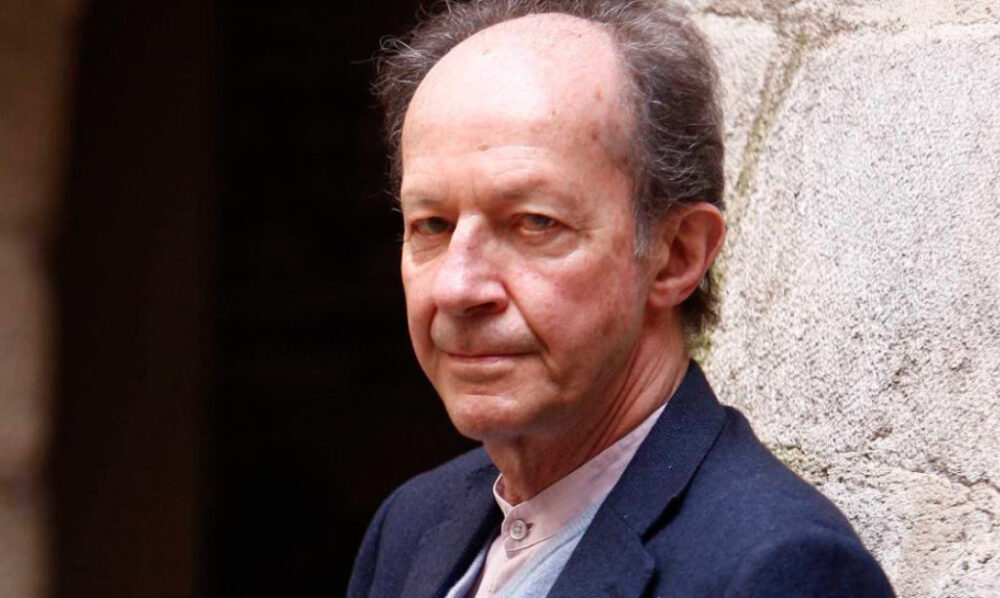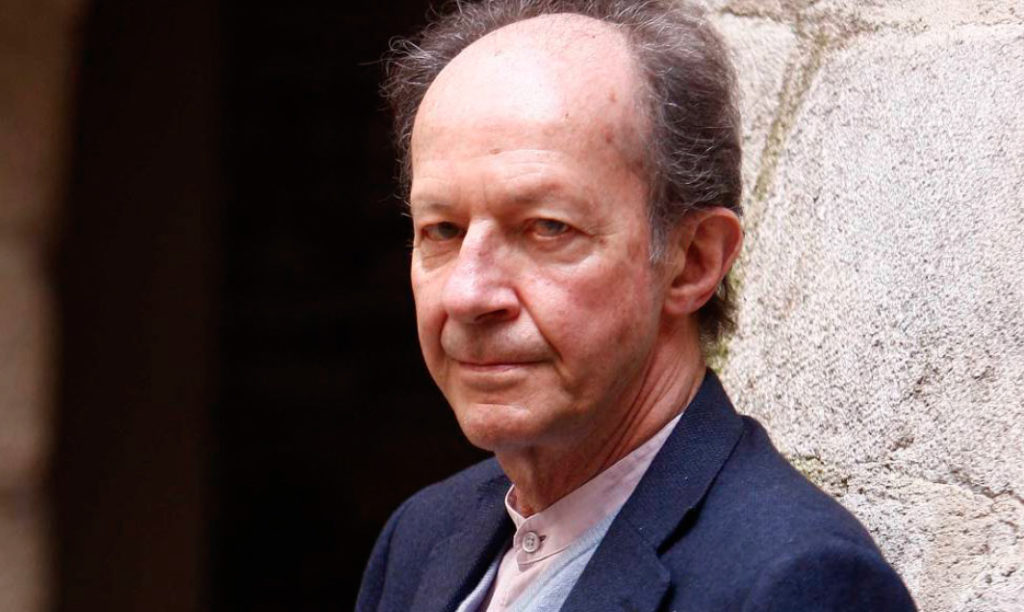Original column BY: Giorgio Agamben
Translation BY: Costantino Ceoldo

PEJOURNAL – It seems that in the new planetary order that is taking shape, two things, apparently unrelated to each other, are destined to be completely removed: face and death. We will try to investigate whether they are not somehow connected and what is the meaning of their removal.
That the vision of one’s face and the face of others is a decisive experience for man was already known to the ancients: “What is called ‘face’ – writes Cicero – cannot exist in any animal except in man” and the Greeks defined the slave, who is not master of himself, aproposon, literally “faceless”.
Of course, all living beings show themselves and communicate with each other, but only man makes the face the place of his recognition and his truth, man is the animal that recognizes his face in the mirror and mirrors himself and recognizes in the face of the other. The face is, in this sense, both the similitas, the similarity and the simultas, the being of men together. A faceless man is necessarily alone.
This is why the face is the place of politics. If men had to communicate always and only information, always this or that thing, there would never be politics properly, but only an exchange of messages. But since men, first of all, have to communicate their openness to each other, their recognizing each other in a face, the face is the very condition of politics, which is based on everything that men say and exchange.
The face is in this sense the true city of men, the political element par excellence. It is by looking in the face that men recognize and are passionate about each other, perceive similarity and diversity, distance and proximity. If there is no animal politics, this is because animals, which are already always in the outside, do not make their exposing themselves a problem, they simply dwell in it without caring about it.
This is why they are not interested in mirrors, in the image as an image. Man, on the other hand, wants to recognize himself and be recognized, he wants to take over his own image, he seeks his own truth in it. In this way, he transforms the animal environment into a world, in the field of an unceasing political dialectic.
A country that decides to give up its own face, to cover everywhere the faces of its citizens with masks, is, then, a country that has erased all political dimensions from itself. In this empty space, subjected at every moment to limitless control, individuals are now moving isolated from each other, who have lost the immediate and sensitive foundation of their community and can only exchange messages headed to a faceless name.
And since man is a political animal, the disappearance of politics also means the removal of life: a child who, when born, no longer sees his mother’s face, risks being unable to conceive of human feelings.
No less important than the relationship with the face is, for men, the relationship with the dead. Man, the animal that recognizes itself in its own face, is also the only animal that celebrates the cult of the dead. It is not surprising, then, that even the dead have a face and that the erasing of the face goes hand in hand with the removal of death.
In Rome, the dead participates in the world of the living through his imago, the image molded and painted on wax that each family kept in the atrium of their home. The free man is, therefore, defined both by his participation in the political life of the city and by his ius imaginum, the indefeasible right to guard the face of his ancestors and to exhibit it publicly in the festivals of the community.
“After the burial and the funeral rites – writes Polybius – the imago of the dead was placed in a wooden reliquary in the most visible point of the house and this image is a wax face made in exact resemblance both in shape and color”.
These images were not only the subject of a private memory but were the visible sign of the alliance and solidarity between the living and the dead, between past and present that was an integral part of the life of the city. This is why they played such an important part in public life, so much so that it has been possible to affirm that the right to images of the dead is the laboratory in which the right of the living is founded.
This is so true that anyone who committed a serious public crime lost the right to an image. And legend has it that when Romulus founds Rome, he had a pit dug – called mundus, “world” – in which he himself and each of his fellows throw a handful of the earth from which they come. This pit was opened three times a year and it was said that, in those days, mani, the dead, entered the city and took part in the existence of the living. The world is but the threshold through which the living and the dead, the past and the present, communicate.
We understand then why a world without faces can only be a world without deaths. If the living lose its face, the dead become only number, which, in so far as it had been reduced to its pure biological life, must die alone and without funeral. And if the face is the place where, before any speech, we communicate with our fellow men, then even the livings, deprived of their relationship with the face, are irreparably alone, no matter how much they try to communicate with digital devices.
The planetary project that governments try to impose is, therefore, radically unpolitical. On the contrary, it proposes to eliminate every genuinely political element from human existence, to replace it with a governmentality based only on algorithmic control. Facial cancellation, removal of the dead and social distancing are the essential devices of this governmentality, which, according to the statements shared by the powerful, must be maintained even when the health terror is eased. But a society without a face, without a past and without physical contact is a society of ghosts, as such doomed to a more or less quick ruin.
